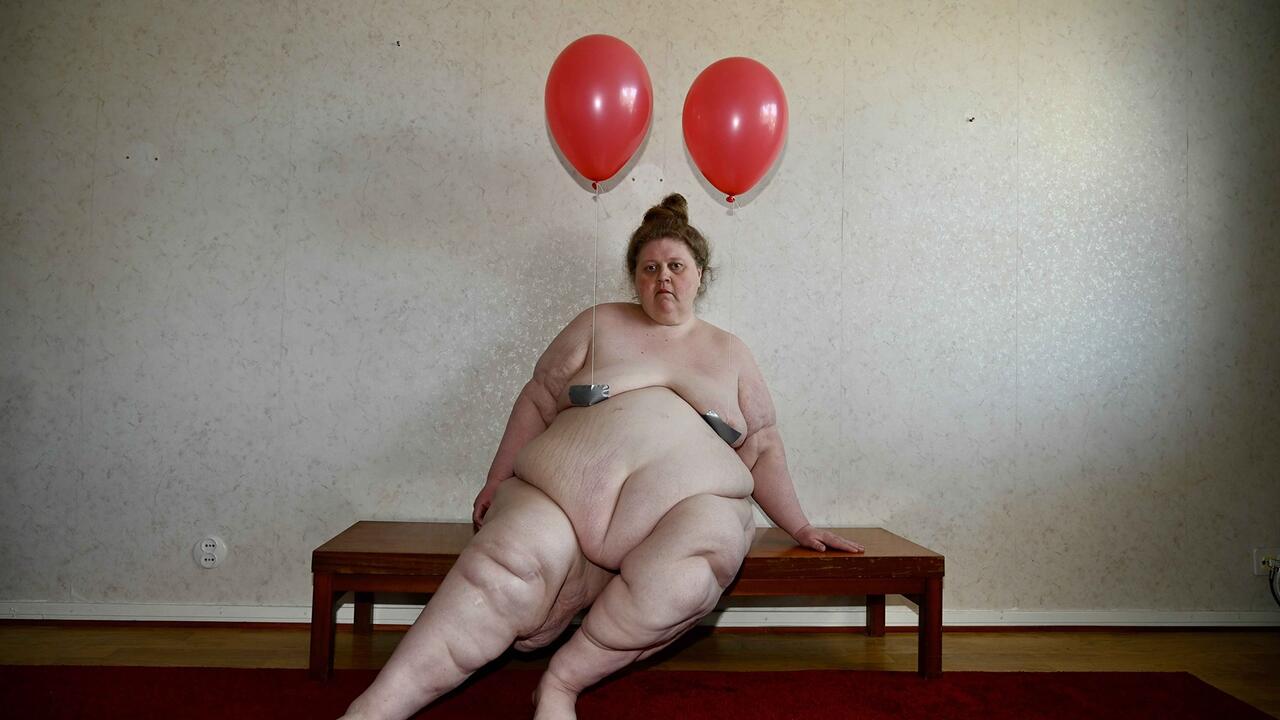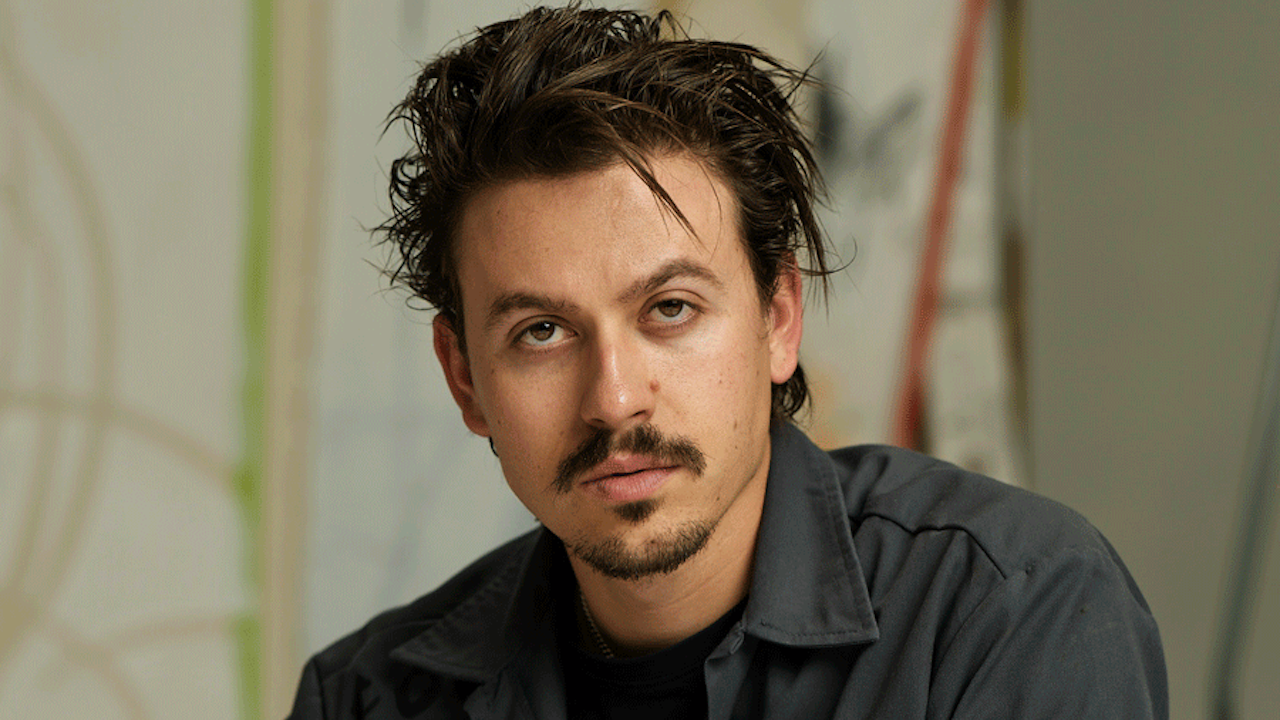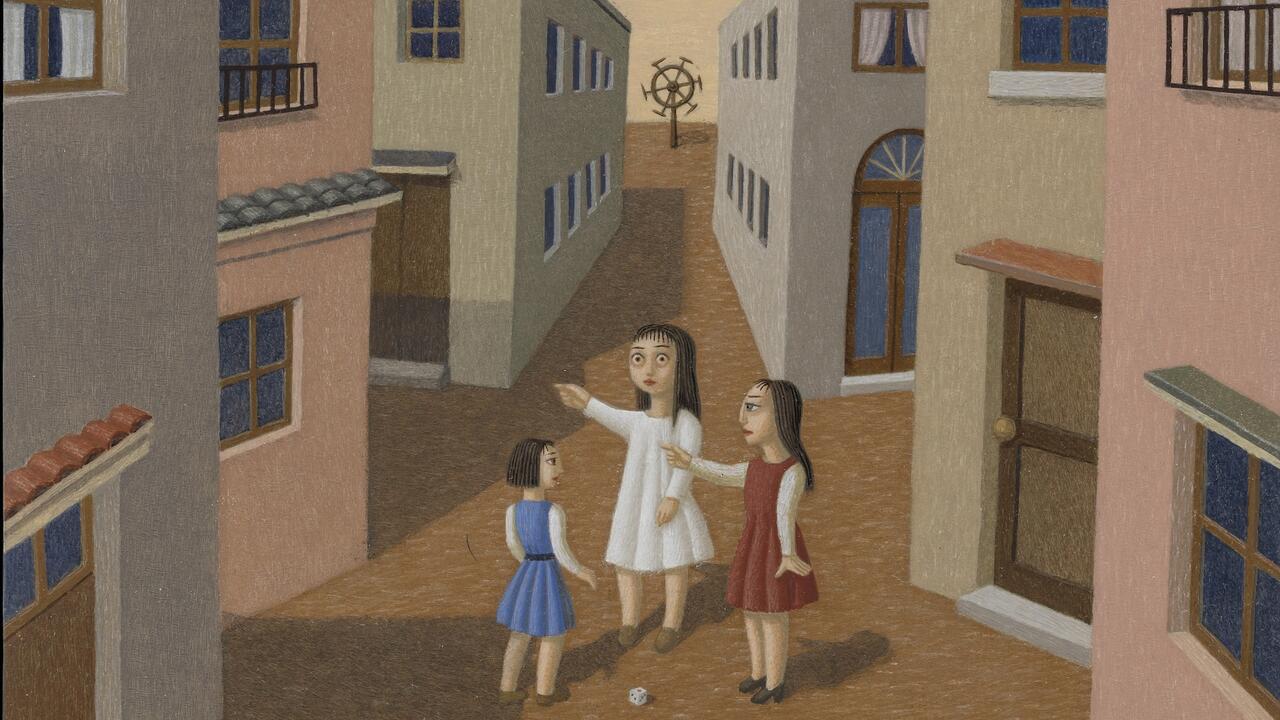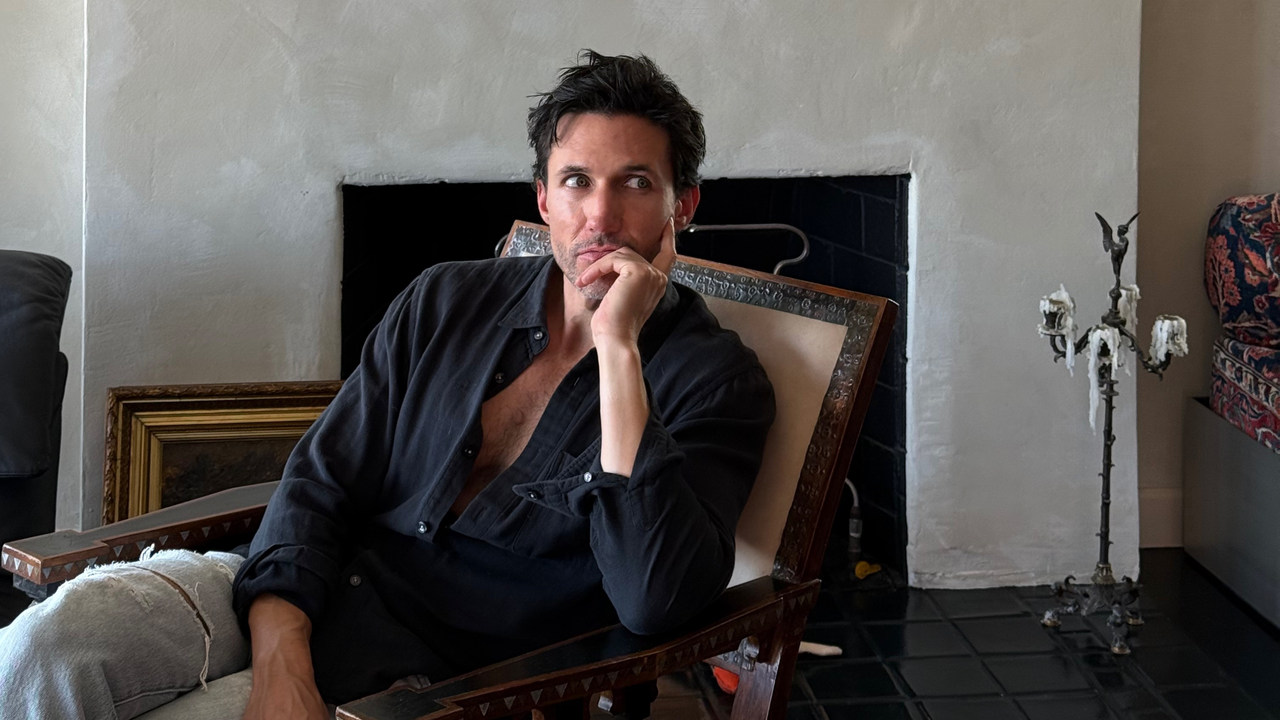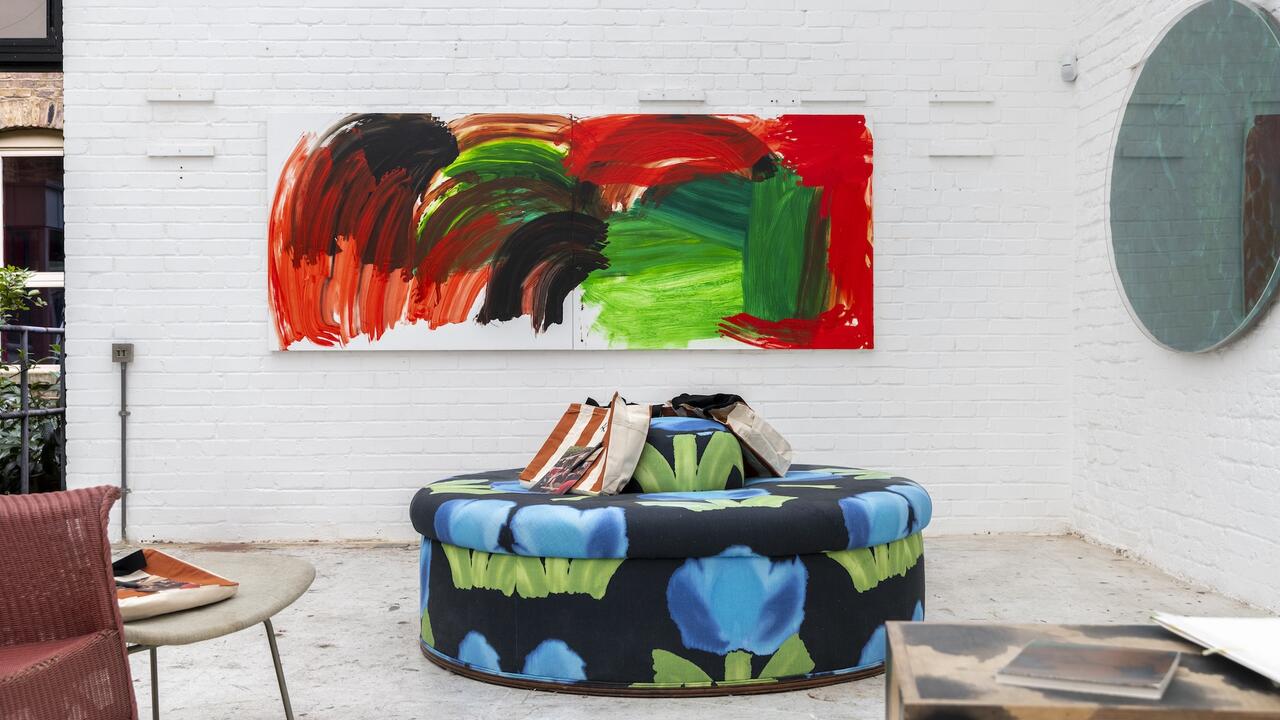Class Action
Joseph Beuys set up more educational institutions and political parties than most people know jokes. Was he, as has been claimed, aspiring to be the last Modernist visionary or seeking to undermine the role of authority figures by becoming one himself?
Joseph Beuys set up more educational institutions and political parties than most people know jokes. Was he, as has been claimed, aspiring to be the last Modernist visionary or seeking to undermine the role of authority figures by becoming one himself?

‘To be a teacher is my greatest work of art’, said Beuys in 1969.1 He had a point. Beuys’ persona has arguably come to be perceived as one of the most iconic embodiments of the artist as teacher in postwar art. As a professor at the Dusseldorf Academy in the 1960s, in his political activism of the 1970s and in his performances and lectures Beuys incorporated the role of the teacher to great public effect and in various guises, ranging from progressive art instructor to political agitator to self-styled spiritual educator and messianic healer.
One major consequence of the way Beuys foregrounded teaching in his artistic practice was that his work has come to be interpreted predominantly on the basis of the theories that he himself taught. It seems no coincidence, however, that Minimal and Conceptual artists in the US at the same time were also discovering critical writing as a means of preparing the ground for the reception of their work. In fact a certain ‘pedagogical turn’ seems to mark the historical developments of the 1960s as artists, through teaching and writing, increasingly began to integrate theory into their practice as a tool to produce their own discourse and effectively also steer the interpretation of their work.
The nature of these theories is, of course, where the similarity between Beuys and his American contemporaries ends. While the lesson of Minimal and Conceptual art is analytical in essence and implies that art should reflect and change its material conditions, the teachings of Beuys are a syncretic brew of Modernist myths and endorse art as the cure for alienated humanity through the release of its primordial creativity. As a result of this disparity, the generation of American critics then writing for Artforum and later for October succeeded in developing the analytical momentum of Minimal and Conceptual art into a fully fledged contemporary art history, whereas Beuys’ interpreters and disciples never really managed to unravel the murky belief system underpinning his teachings. What makes it so difficult to engage with Beuys today, therefore, is that the work is still wrapped in a thick cocoon of ideology just as his pedagogical practice continues to be overshadowed by the mythical persona of spiritual guide that he later assumed. Yet just as new perspectives on Minimal and Conceptual art have in recent years been opened up through the highlighting of aspects and positions that had previously been sidelined by the canonical self-interpretation of these movements, so it could now be productive to penetrate the Beuysian ideology and perhaps uncover some of the complexity, irreverence and even humour of his artistic and pedagogical work.2
An alternative approach to reading Beuys as the ultimate authority when it comes to the interpretation of his work could be to look closely at how he dealt with the issue of authority itself in his work and teaching. In effect, I want to argue that Beuys’ historical relevance lies not, as has often been said, in the fact that he was the last to claim the authoritative position of the Modernist visionary (before Pop and Postmodernism rendered such a position obsolete), but that, on the contrary, in his work and teaching he subjected this model of authority to a process of scrutiny and gradual erosion. This is not to suggest that Beuys ever fully crossed that threshold and abandoned the myths of Modernism as Sigmar Polke and Gerhard Richter did – both of whom were students in the Dusseldorf academy in the 1960s while Beuys was teaching there, albeit in a different class. Nevertheless there can be no doubt that Beuys was not only affected by, but played a very active role in, the political and cultural upheavals that the Fluxus and student movements instigated at that time. One of the most pivotal issues at stake in these upheavals, particularly in postwar Germany, was precisely the critique of the old models of authority that had remained in place in everyday life and institutional routines throughout the 1950s despite the official ‘de-Nazification’ of the country. In the light of these struggles Beuys’ performances and approach to pedagogy could indeed be seen as a purposeful if largely intuitive attempt to performatively dismantle the role of artist and teacher as a figure of mythic authority in the process of staging it.
The accounts of Beuys’ students collected in Petra Richter’s study Mit, neben, gegen: Die Schüler von Joseph Beuys (with, next to, against: the students of Joseph Beuys, 2000) confirm that a highly ambivalent attitude to his authority as a professor marked Beuys’ teaching style from the moment he took over the sculpture class at the Dusseldorf academy in 1961. On the one hand his approach was radically anti-authoritarian; he rejected teaching art according to a curriculum (which most of his colleagues still did) and instead helped students to develop their work individually, spending up to ten hours a day in the classroom. On the other hand, his critiques of students’ work are reported to have been (at times) uncompromising and delivered with the full force of his professorial authority. In fact Beuys’ reputation for being both too progressive and too provocative initially led every student bar one, Hede Bühl, to leave the class when he took over. The second student to enter the deserted class was my father, Walter Verwoert. My mother, Elfi Weimar, joined some time later as one of a generation of students that included Blinky Palermo, Jörg Immendorff and Rainer Ruthenbeck. So I am writing from the implicated position of being quite literally a child of the idealist spirit of that moment.
My father remembers many situations in which Beuys’ critique of students’ works was highly confrontational. He told me about the time Beuys physically attacked a well-executed realist ceramic sculpture of a monk, slapping its face flat with a broad knife and then drawing a smiley in the flat clay. On another occasion, when the same student, Bonifatius Stirnberg, had sculpted a Crucifixion scene, Beuys put a wooden board in front of it, hiding everything but the heads of the figures, before explaining that religion was after all about mystery. In the same way my father recollects having learnt about the effects of negative volume through Beuys simply carving a big chunk out of the clay sculpture he had just finished. Yet my father says he found these interventions very liberating and in tune with the spirit of the moment. The rough but precise treatment of material that Beuys taught was the same approach he found inspiring in, for instance, Arman’s Accumulations, glass boxes crammed full of numerous identical everyday objects (shown at that time in the Dusseldorf gallery Schmela) or in the performances staged by Yvonne Rainer and Robert Morris at the academy in 1964 (an event financed by Schmela but hosted by the Beuys class). On the whole, my father recounts, the break with the conventions of craft that the materialist aesthetics of Beuys, Nouveau Réalisme and American Minimalism all implied, created an overwhelming sense of, as he puts it, ‘Anything goes. Just go for it.’
However, this sensation of potentiality, my mother tells me, was at times also mixed with an oppressive feeling of turmoil. For instance, she recounts Beuys locking the doors during a performance at the academy by John Cage, thereby granting the students no release from the experience. She describes this physical sense of being locked in a space full of people and forced to undergo an event of an utterly unpredictable nature and duration as the closest she ever came to reliving the nights she spent in a bomb shelter during air raids as a child. Probably the best-known example of actual violence erupting in such a situation is the Fluxus event ‘Festival der neuen Kunst’ at the College of Advanced Technology in Aachen in 1964, when local students were so upset by the onslaught of absurdity unleashed by the performers that they stormed the stage and started a fight. What survived from this clash is the iconic portrait of Beuys with a bloody nose and a commanding stare, one arm raised in a Roman salute and the other stretched out, holding a cruxifix.3 What makes this image so fascinating is that it epitomizes precisely Beuys’ ambivalent relation to authority in this historical moment of change. One the one hand he instigates a provocation that results in chaos; on the other he contains that chaos in a dramatic pose of authority. This pose contains chaos in both senses of the word. It stops the violence through a powerful gesture, yet it also incorporates the clash of forces since Beuys is simultaneously hailing the victor and displaying the martyr in a disturbingly contradictory pose that casts him as both perpetrator and victim.
Beuys indeed had a talent for striking poses that contain chaos. In the performance ÖÖ-Programm (1967), for instance, he staged his public persona as a professor in just such an ambivalent manner. During an official matriculation ceremony at the academy he greeted the new students carrying an axe and uttering inarticulate sounds into the microphone for ten minutes. Beuys adepts will tell you that these noises are supposed to symbolize the secret nature of the creative act – namely, the gradual transformation of the formless into the formed. Be that as it may, I believe the local tabloid Express was nearer to the mark when it reported, ‘Professor barks into microphone!’ This is what happened. Beuys intentionally turned his professorial authority into a laughing stock, but in doing so he pushed humour to the point where it becomes painful. By holding an axe he in fact posed as a lictor, the guard of the Roman magistrates, who, as a symbol of authority, carried an axe wrapped in a bundle of sticks – the so-called fasces. This is where the term ‘fascism’ comes from. It has been observed that Beuys never really addressed the Nazi past in his talks and teachings. I would argue, however, that it was precisely on the level of how he both staged and dismantled mythic authority in his performances that he continuously brought it into play.
A compelling example of this is the performance Der Chef / The Chief. Fluxus Gesang (Fluxus Song), put on in the basement of the René Block gallery in Berlin in 1964. As the entrance to the space was blocked, people could only watch the event through the door. Beuys spent eight hours wrapped in a felt blanket, making inarticulate noises into a microphone linked to a PA system. On each side of the blanket lay one dead rabbit. Among other paraphernalia a copper rod wrapped in felt and patches of margarine and fat were installed in the space. At times a tape of a composition by Danish Fluxus musicians Henning Christiansen and Eric Andersen would be played. After the working day of eight hours was over, Beuys got up and, as my father recounts, took everyone to Block’s flat to cook the rabbits for dinner.5 With laconic directness the title pinpoints the subject of the performance to be authority. In German Chef means ‘boss’, but in colloquial use the word can also serve as a cheery form of address, just as the Spanish jefe or the American ‘boss’ can just mean ‘dude’. In performing the Chef Beuys surely plays the boss by commanding the attention of the viewer and showing off how heroically he gets a tough job done. But by doing the shitty work of grunting into a blanket for half a day Beuys also plays a dude, the fellow worker you sympathize with, and the dude, the man of the moment you admire for putting on quite a show with only a few crappy props.
Walter Benjamin observed that aura is produced through the simultaneous suggestion of distance and proximity. This is the trick Beuys pulls off here. By at once casting himself as the boss and the fellow sufferer, the hero and the martyr, the invisible figure at the centre of attention, he generates an aura around his authority. The auratic Chef therefore is also the Führer, the Duce, the fascist leader. Beuys taps into the mythic source of authority and mobilizes the energies of fascination that constitute auratic leadership. But in so doing he also exorcizes them by exposing the material workings of the ceremony of their invocation. In the process of the performance the auratic effect of Beuys’ theatrical presence is constantly set against the sheer absurdity of a guy in a blanket making inarticulate sounds for hours. Through these noises and the grungy artefacts littering the space the performance produces an excess of physicality that is similar in its effect to an illusionist destroying the illusion by fiddling around with too many props. Der Chef is not about the triumph of auratic authority; rather, it dramatizes the futile desire to make its magic work. It casts the mythic leader as a tragically comic magician not entirely unlike the one played by Tommy Cooper.
It’s hard to say if this deconstructive drive in Beuys’ actions is the manifestation of a conscious effort or of a more intuitive need to work through the mythic grounds of authority. There clearly is an almost compulsive dynamic in the way Beuys returns to, and in his very own way repeats, the ritual of staging auratic leadership that had put Germany, Italy and Spain under its spell. Looking at ÖÖ-Programm, however, you also cannot deny the humour if not glee with which Beuys publicly pushes the ciphers of authority to the point of absurdity. He seems provocatively to incorporate the crisis of authority to act it out. Yet, it is equally clear that he also remains spellbound by its myth and neither as a teacher nor artist ever entirely abandons it. Allegedly because of this, Fluxus pioneer George Macunias, for instance, broke with Beuys as early as 1964 and tried to exclude him from the Fluxus circuit.4 Likewise, Petra Richter observes that Beuys’ position towards the anarchy that his students began to create with increasing intensity towards the end of the 1960s was also ambivalent. He supported the political agitation of Jörg Immendorff and Chris Reinicke, whose activities with the ‘Lidl-academy’ led to a police intervention and the temporary closure of the Dusseldorf academy in 1969. But apparently he strongly disapproved of actions by students who sought cathartic release through pure destruction.
Still, there can be no doubt that his relation to the institution of the academy remained antagonistic. Tensions came to a head in 1971, when Beuys repudiated the official routine of entrance exams and instead offered the rejected applicants unconditional access to his class for a one-year probationary period. As a consequence he was sacked the following year. The postcard multiple Demokratie ist lustig (Democracy is Fun, 1973) shows a photo of his eviction from the academy. Beuys is leaving the school framed by policemen, wearing an old army coat and a broad, knowing smile on his face, again never at a loss for a good pose. Beuys’ dismissal happened only days after the end of Documenta 5, where he had spent the 100 days of the exhibition talking politics with the visitors in the office of the ‘Organization for Direct Democracy by Referendum’ he co-founded in 1971. This organization grew out of two others Beuys had set up previously: the ‘German Student Party’ in 1967 and the ‘Office for Political Public Relations’ in 1970. During the struggles at the academy in 1971 Beuys and writer Heinrich Böll also published a proposal for a long-term project to establish a ‘Free International University’. Finally, in 1979 Beuys was also a founder member of the German Green Party.
Like his artistic cosmology, Beuys’ political theory is largely based on the teachings of the founder of the Anthroposophy movement, Rudolf Steiner. The ideal society is thought to be composed ‘organically’ of three spheres governed semi-autonomously according to their own principles, so that there is liberty in culture, equality in law and solidarity in the economy. Instead of political parties, workers’ councils and direct referendums are to represent the interests of the people. Benjamin Buchloh once gracefully summarized these theories as ‘simple-minded Utopian drivel lacking elementary political and educational practicality’.5 Objectively speaking, that’s what they are. And judging Beuys by his own intentions to enter into politics proper, this verdict is probably unavoidable. Even the Greens got weary of his missionary zeal and sidelined him early on. Yet there is something about the hyper-intensity of Beuys’ political commitment that puts it in an entirely different league. Like the excess of physicality in his performances, his passion for politics and education is just too much. In his life Beuys dreamt up as many political and educational institutions as, say, Aleister Crowley inaugurated occult places of worship. In the same way as we are now beginning to uncover some of the more disruptive moments behind the canon of Modernism, I would suggest that we look at Beuys as an unruly Modernist who set up parties and schools the way others invented religions or avant-gardes: out of the spirit of the moment, out of the realization that this is part of what an artist can do, and perhaps also out of a certain exuberant humour.
Jan Verwoert is a contributing editor of frieze and teaches at the Piet Zwart Insitute in Rotterdam. He has recently published a book Bas Jan Ader – In Search of the Miraculous (Afterall Books/MIT Press 2006).
1 Beuys in conversation with Willoughby Sharp, Artforum, no. 4 (1969), p. 44.
2 Among the few books that propose a re-reading are the excellent anthology Gene Ray (ed.): Joseph Beuys. Mapping the Legacy (D.A.P., New York, 2001) and the sceptical study by Barbara Lange, Joseph Beuys. Richtkräfte einer neuen Gesellschaft (Reimer, Frankfurt am Main, 1999).
3 The iconic pose is at times referred to as being part of the performance Kukei, akopee – Nein! (1964), although it was more likely simply a spontaneous reaction to the riots.
4 See Joan Rothfuss, ‘Joseph Beuys. Echoes in America’, in Ray, op. cit., pp. 37–53.
5 Benjamin Buchloh, ‘Beuys: The Twilight of the Idols’, first published in Artforum in 1980. Here taken from Ray, op. cit., p. 201.










